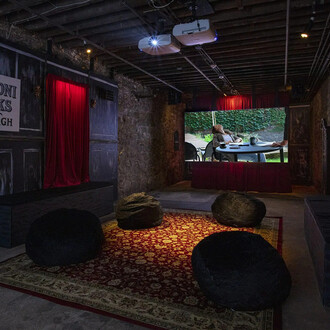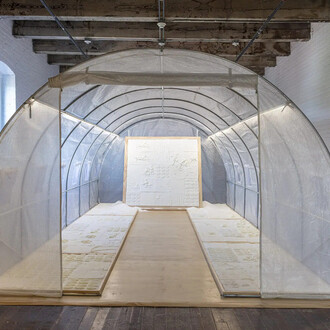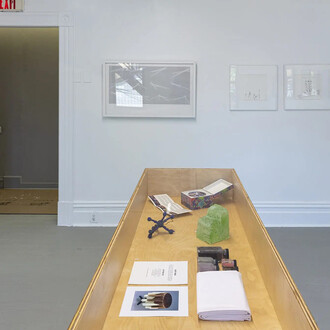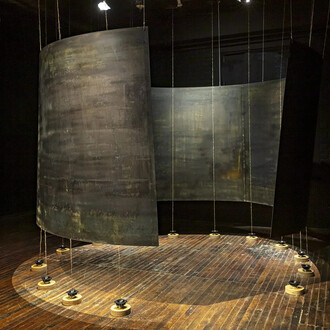This is the largest US exhibition of Talbot’s photography in the last 15 years, featuring more than 30 works by William Henry Fox Talbot (British, 1800–1877) and his circle. In addition, 16 of the photographs on view are recent acquisitions or promised gifts to the museum.
A true “gentleman scientist” of the Victorian period, Talbot combined his knowledge of chemistry, mathematics, and optics, with his interest in art, botany, and classics to invent the paper-based photography that dominated the field for most of the 19th and 20th centuries. Due to the fragile nature of the photographs, exhibitions of Talbot’s work are rare. This represents the first time ever that any of these photographs will be on view in Pittsburgh.
In 1841, Talbot patented the “calotype” process, a direct precursor to the positive and negative in darkroom photography that persists today. The calotype allowed for picture-making in low-light conditions and with shorter exposure times meaning that interiors and portraits were possible. Talbot relished this expanded subject matter, making photographs around his Lacock Abbey estate of family and friends. Eventually, he even brought his equipment abroad to make pictures in other parts of Britain and the European continent.
William Henry Fox Talbot and the Promise of Photography is organized by Dan Leers, Curator of Photography at Carnegie Museum of Art.
















